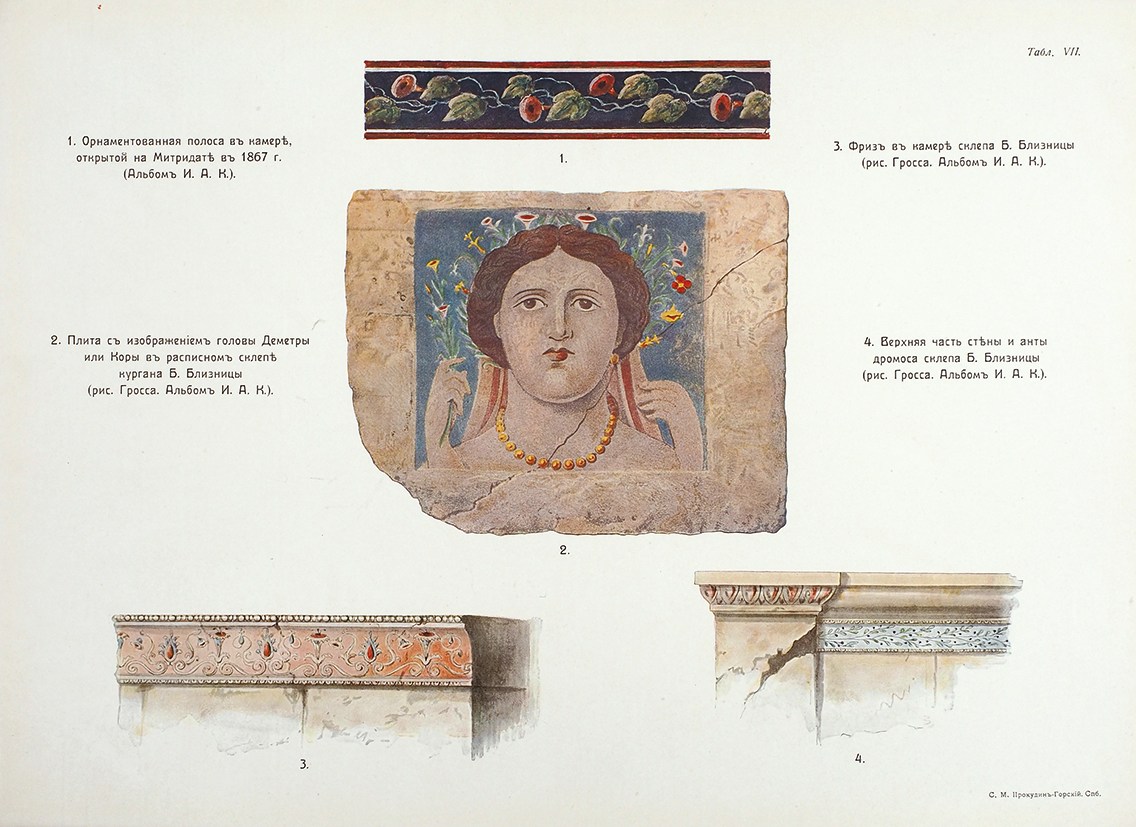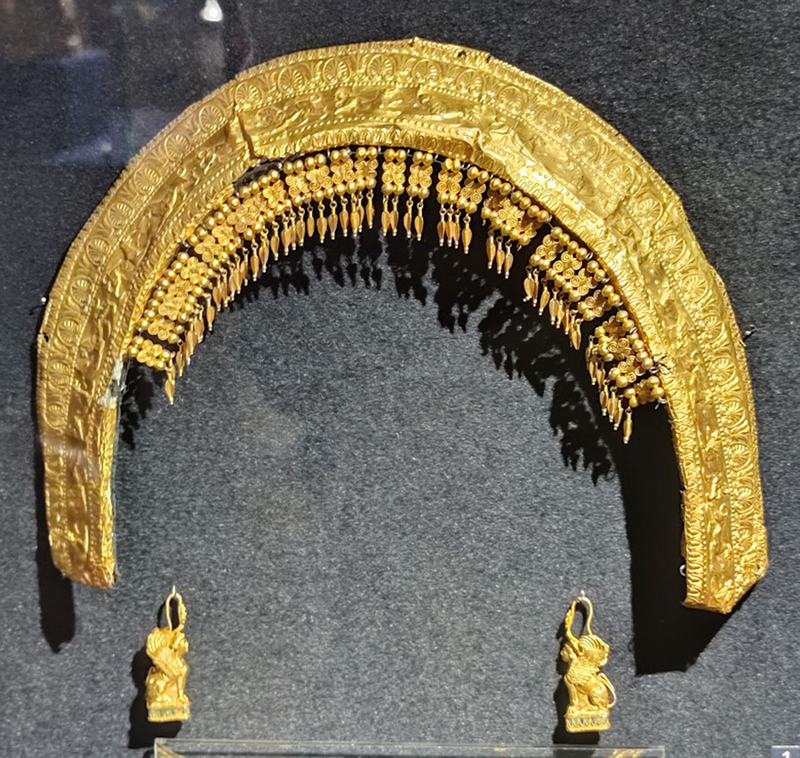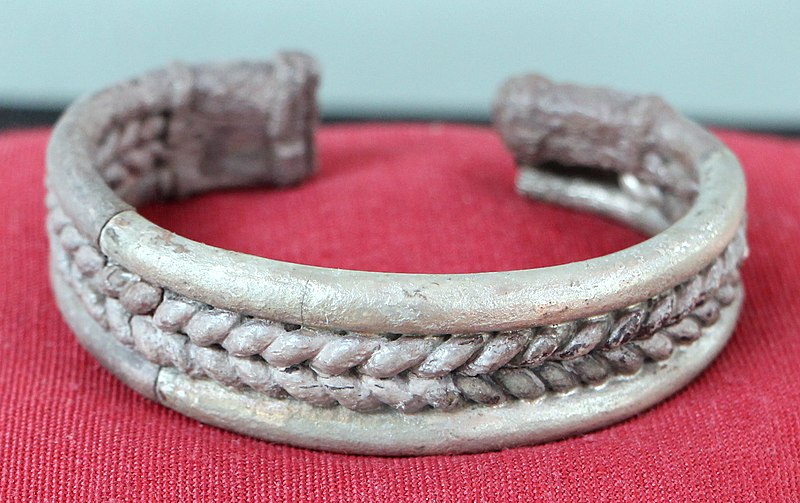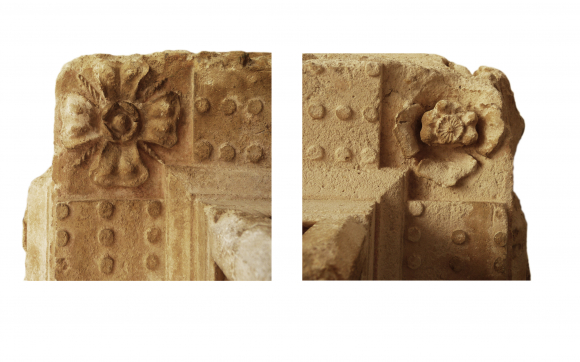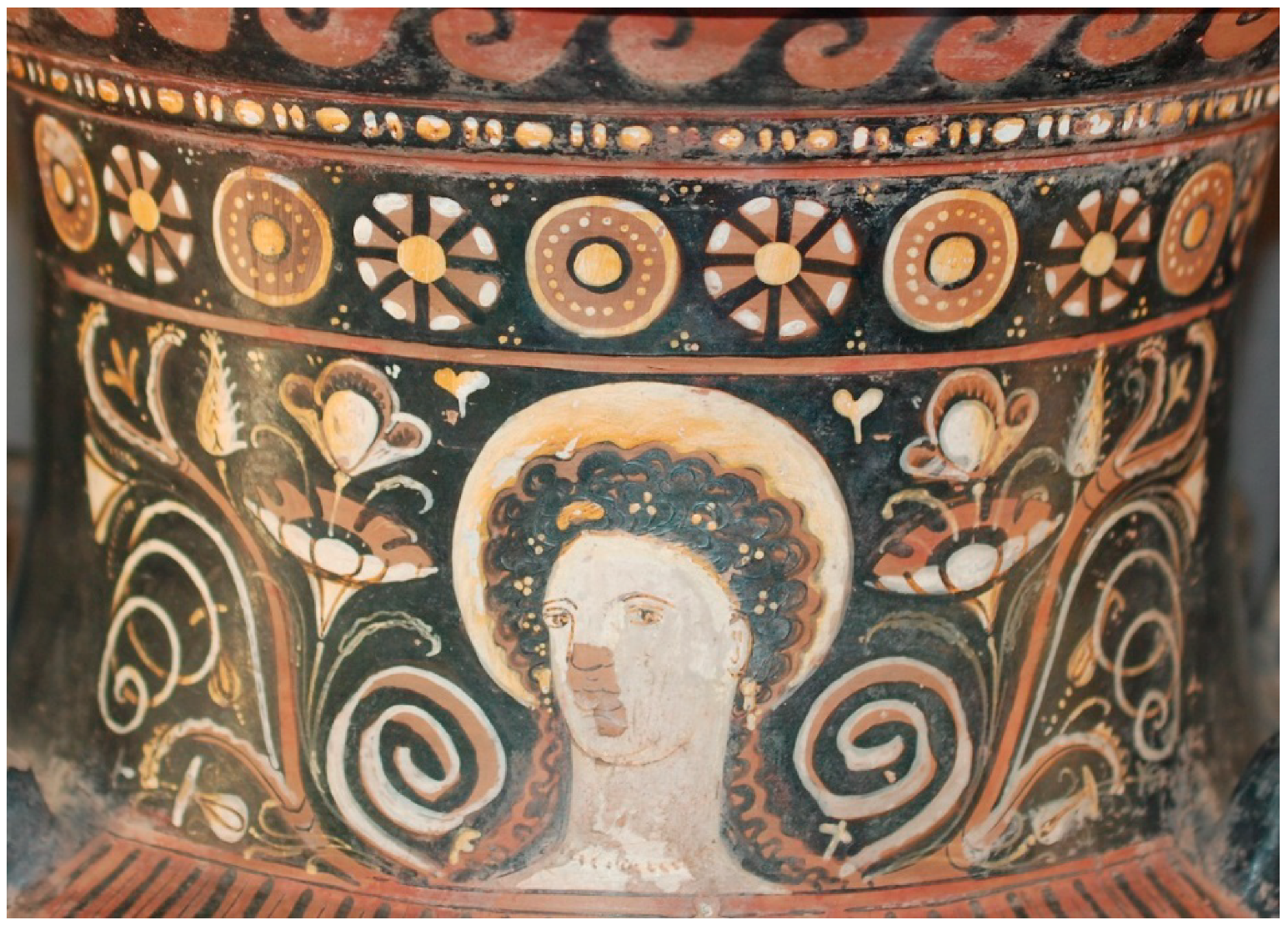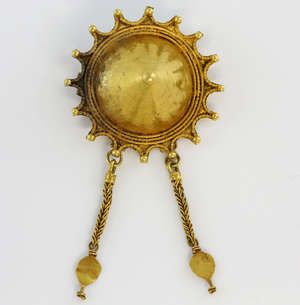Painted panels with geometrical patterns from Bawit, Egypt, Monastery of St. Apollo. They once adorned the lower parts of the walls of an architectural structure that was probably used as a refectory (dining room, so called room nr 6). Twenty panels was discovered, the design of each of which is unparalleled. The geometrical decoration was executed using a compass and imitates a precious mosaic.
Tempera on mud plaster; 6th/7th century.





Some forms of geometric decoration in Coptic art from Bawit after Maspero 1943


Source: Mona Ali and Marian Youssef

Room No 6. East wall geometric decorations right part of the niche, panels 2-6 (going from right to left) (after Maspero 1943 P. XVI)
Source: Mona Ali and Marian Youssef

Room No 6. Left part of the niche, panels 1-5 (after Maspero 1943 P. XVI).
Source: Mona Ali and Marian Youssef
The Red Monastery
The Monastery of Apa Psoi, near Sohang, Egypt. This Coptic Orthodox church was built in the 4th century of red brick, which owes its name to the “Red Monastery”. The church was painted four times during the 5th and 6th centuries.


Photo by kairoinfo4u
SOURCES
- Mona Ali, F. and Marian Youssef, M. (2020) An analytical study of a mural with colorful geometric decora-tion, Coptic museum, Cairo, Egypt: a case study, Scientific Culture, Vol. 6, pp. 37-52 https://sci-cult.com
- Pictures from the Coptic Museum, Cairo ©Meretseger Books >> [link]
- https://www.arce.org/project/red-monastery-architectural-conservation
- The Red Monastery: Egypt’s last Byzantine monument [an article]




